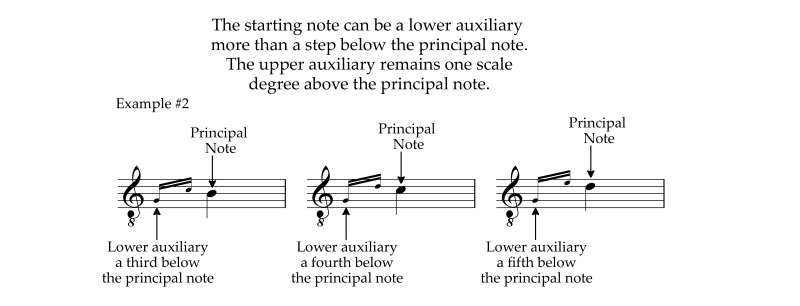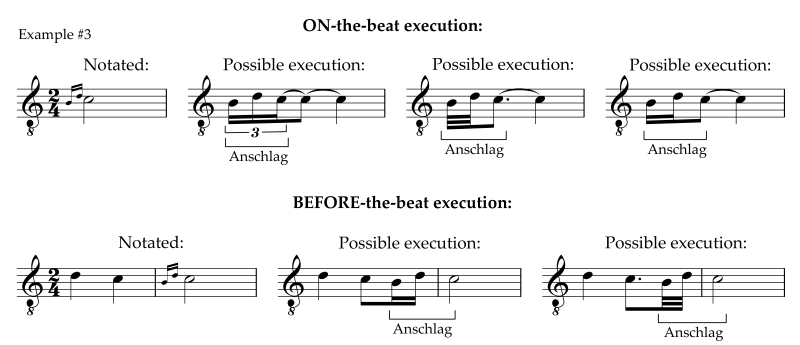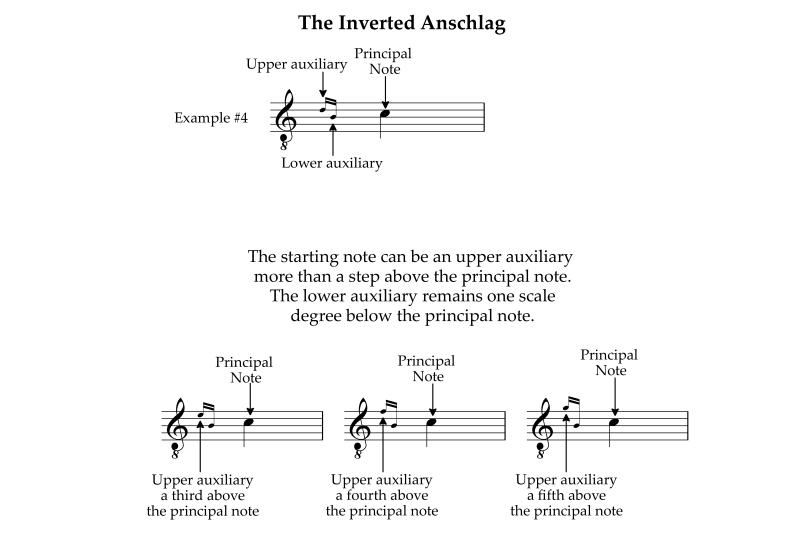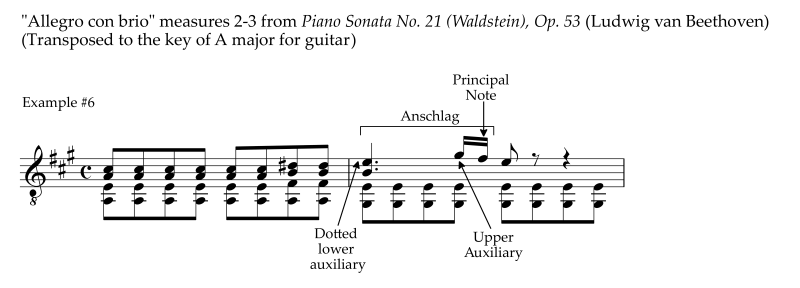THE ANSCHLAG:
Its notation, execution, and the challenges of historical interpretation

"Douglas who?"
Douglas Niedt is a successful concert and recording artist and highly respected master classical guitar teacher with 50 years of teaching experience. He is Associate Professor of Music (retired), at the Conservatory of Music and Dance, University of Missouri-Kansas City and a Fellow of the Henry W. Bloch School of Management—Regnier Institute for Entrepreneurship and Innovation.
Doug studied with such diverse masters as Andrés Segovia, Pepe Romero, Christopher Parkening, Narciso Yepes, Oscar Ghiglia, and Jorge Morel. Therefore, Doug provides solutions for you from a variety of perspectives and schools of thought.
He gives accurate, reliable advice that has been tested in performance on the concert stage that will work for you at home.
PURCHASE AN ALL-ACCESS PASS
TO THE VAULT OF CLASSICAL GUITAR TECHNIQUE TIPS

"Hello Mr Niedt,
My name's Gretchen, and I'm so happy I purchased an All-Access Pass to the Vault. I love your awesome technique tips. I'm amazed how much I have improved my playing.
Thank you!"
ARE YOU LOOKING FOR PROVEN STRATEGIES
THAT WILL MAKE YOU A BETTER GUITARIST?
Check out the game-changing tips in my Vault—I promise they will kick your playing up to the next level.
Purchase an All-Access Pass to the Vault.
It's a one-time purchase of only $36!
You receive full access to:
- Over 180 technique tips in The Vault.
- Special arrangements of Christmas music
- Arrangement of the beautiful Celtic song, Skellig
- Comprehensive guide, How to Master the Classical Guitar Tremolo
All that for a one-time payment of only $36. Take me to the page to Purchase an All-Access Pass
THE ANSCHLAG:
Its notation, execution, and the challenges of historical interpretation
By Douglas Niedt
Copyright Douglas Niedt. All Rights Reserved.
This article may be reprinted, but please be considerate and give credit to Douglas Niedt.
PREFACE
The first thing you need to know when deciding how to play any ornament in pre-20th-century music is that there was no "common practice." The notation and execution of ornaments varied from country to country and composer to composer.
Written instructions from long ago or ornament tables (even by J.S. Bach) cannot overcome the general shortcomings of musical notation. Rigid rules, no matter where they come from, go against the very nature of ornaments—they were often improvised and, therefore, are too free to be tamed into regularity or taught by the book.
Descriptions of ornaments are only rough outlines, and many are contradictory. It's a jungle and very frustrating to try to figure out. There is simply no definitive solution to any ornament in a given situation. Therefore, be skeptical of everything I write from here on!
If you want a short answer to how to play an ornament, I say, "Do whatever you want. Do what makes the music sound best, and do what sounds best to you. In the end, that's what counts."
THE ANSCHLAG
Eminent musicologist and ornamentation expert Frederick Neumann writes, "The Anschlag, also known as Doppelvorschlag, is a grace (ornament) of the German galant style (1720s to the 1770s). Little used outside of Germany, it had no contemporary French or Italian equivalents, and the translation, "double appoggiatura," is a modern coinage."
The Anschlag is a melodic ornament consisting of three notes. The most common form of the Anschlag starts on the lower auxiliary note a half or whole step below the principal note, then the upper auxiliary a half or whole step above the principal note, and concludes with the principal note. Example #1:

Occasionally, the starting note (lower auxiliary) can be more than a step below the principal note. However, the upper auxiliary note will still always descend stepwise to the principal note. Example #2:

Notation of the Anschlag
Unlike other ornaments, there is no symbol for the Anschlag. Composers wrote it with grace notes or as regular notes. From the classical period onward, composers frequently used the Anschlag as a melodic figure but usually wrote it in regular notation rather than as grace notes.
How do you execute the Anschlag?
The note values of the auxiliary notes of the Anschlag and Inverted Anschlag are fast, either 16th or 32nd notes. As with other ornaments, the Anschlag and Inverted Anschlag can start ON the beat or BEFORE the beat. Example #3:

The Inverted Anschlag
The inverted Anschlag is relatively uncommon. The Inverted Anschlag begins on the upper auxiliary note a half or whole step above the principal note, then the lower auxiliary note a half or whole step below the principal note, and concludes with the principal note. As with the normal Anschlag, the starting note (this time the upper auxiliary) can be more than a scale step above the principal note. Example #4:

The Dotted Anschlag
Although rare, you might occasionally encounter an Anschlag notated with grace notes with the first lower auxiliary note dotted. Example #5:

While rarely written with grace notes, you will frequently find the dotted auxiliary note of an Anschlag in regular large-note notation in the works of Mozart, Beethoven, and others. Example #6:

Further Reading
If you want to explore any of these topics in-depth (630 pages), I highly recommend one of my favorite books, Ornamentation in Baroque and Post-Baroque Music With Special Emphasis on J.S. Bach by Frederick Neumann.
DOWNLOAD THE PDF
Download the PDF here: ORNAMENTS: THE ANSCHLAG
